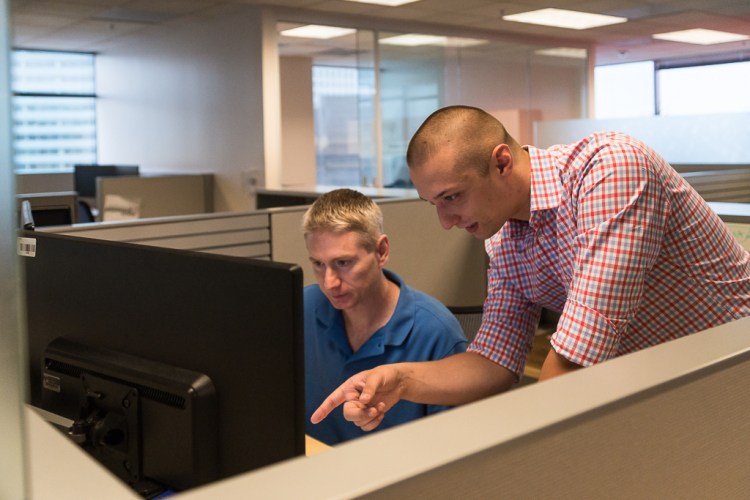Malwarebytes chief executive Marcin Kleczynski may be one of the smartest 24-year-old’s in the Valley.
He launched his security play in 2008 while a freshman at the University of Illinois at Urbana-Champaign with his own cash, made $500,000 his first year in business, and never took a penny of investor money.
But his company, San Jose, Calif.-based Malwarebytes is growing. Quickly. And to sustain that momentum, the young team took in $30 million in venture cash Thursday. Their first round ever. Highland Capital Partners ponied the entire amount.
“I was running a multimillion dollar startup from my dorm room. We had no overhead. No employees. It was just two guys,” Kleczynski told VentureBeat, recalling his early glory days at college.
June 5th: The AI Audit in NYC
Join us next week in NYC to engage with top executive leaders, delving into strategies for auditing AI models to ensure fairness, optimal performance, and ethical compliance across diverse organizations. Secure your attendance for this exclusive invite-only event.
It is an astonishing tale that continues to amaze. Today, Malwarebytes’ anti-virus security software protects the computers and mobile devices of more than 206 million clients who are fiercely loyal, employs 140 — 90 of whom occupy R&D roles — and will soon begin acquiring smaller players in the space.
Malwarebytes touts its software as one of the best to combat malware and cleanse your machine once you’ve made the mistake of clicking on “that link.” The revenue model at Malwarebytes is pretty straightforward. The suite of software is free, but you pay for the premium package.
Seventy percent of the company’s revenue is derived from the individual consumer market, and the rest comes from Fortune 500 players and smaller businesses. At this point, Kleczynski said, Malwarebytes is bringing in “tens of millions” in revenue. In the short term at least, Malwarebytes is on a roll.
However, long-term success is not guaranteed, and Kleczynski and company face a formidable road ahead. The anti-virus software space is crowded and dominated by the likes of McAfee, SurfRight, and dozens of others. That challenge doesn’t faze the upstart Kleczynski, who is more than convinced Malwarebytes will thrive.
In fact, Kleczynski has buttressed his security offerings by building a crack in-house intelligence operation of seasoned security experts who ruthlessly comb the world’s virtual architecture looking for the next big threat, and then, using the data derived from the excursions, pass it to the company’s developers, who continually upgrade Malwarebytes’ suite of offerings.
Kleczynski and company also have luck on their side. They arrived just in time to see data breaches and colossal phishing scams become a routine of daily virtual life, with millions of attacks occurring nearly every minute, according to security researchers.
And Kleczynski had harsh words for those who hawk their security software solutions as one-stop-shopping.
“Anybody that tells you they can do it all in one are lying to your face,” he said.

